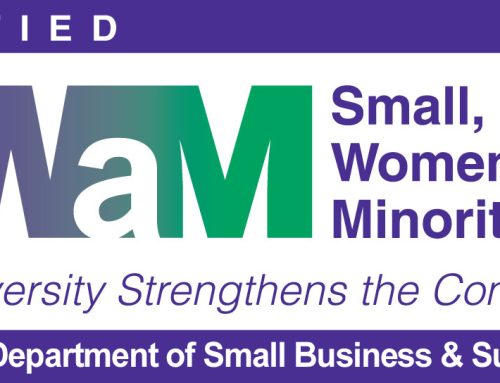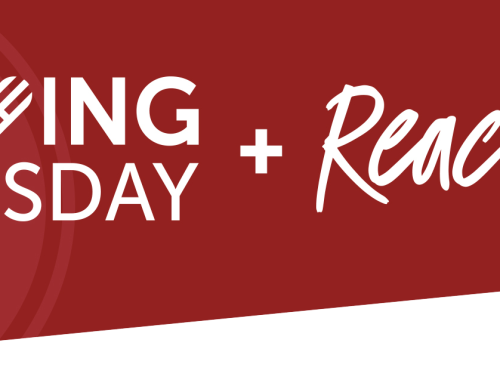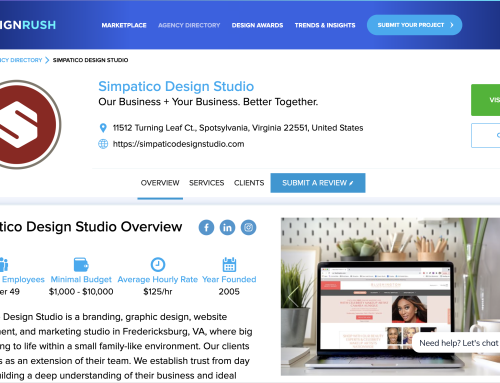Here at Simpatico, we are always looking for ways to increase our productivity. We are also visual people. Enter, the Kanban Board. This handy tool was mentioned in our post last week on our best office organization tips. Missed it? Read it here: 9 Organization Tips for Your Office and Mentality.
A Kanban Board is a visual tool to organize your tasks. By doing so, you will gain satisfaction from moving tasks from one column to the next and reduce the desire to jump from project to project. The goal behind it is to start and finish one job or task at a time, ultimately reducing wasted time jumping back and forth. There are many studies done on how multi-tasking reduces our productivity rate. According to the American Psychological Association, multi-tasking, especially with many complex projects, reduces our productivity rate by 40%. The more we attempt to multi-task, the slower we get at switching back and forth from project to project. These statistics and studies call for a greater need for tools such as Kanban Boards to assist us with increasing our efficiency and productivity.
Here are two great articles for further reading on the effects of multitasking:
- https://www.wrike.com/blog/high-cost-of-multitasking-for-productivity/
- http://www.apa.org/research/action/multitask.aspx
Kanban Boards have three columns: To Do, Doing and Done. The concept was originally a part of the Toyota Production System as an approach to increase productivity in manufacturing and engineering processes. Factory workers used the three columns, along with colored cards, to organize projects and help them start and finish projects in order of urgency. Kanban Boards are also a large part of a more popular term in manufacturing today, “Lean Manufacturing.” This process uses a set of core principals no matter what industry you are in:
- Visualize your work
- Limit you work in process
- Focus on flow
- Practice continuous improvement
With an increase in workflow and competition in today’s society, it’s not only manufacturing companies that need the visual organization because they are handling multiple jobs at the same time. Most companies or offices could benefit from this process and tools, such as the Kanban Board and Lean Manufacturing concepts, to be as productive as possible.
Kanban Boards can be digital or manual. Depending on your work load and how many employees are on your team, you may choose to use all one color, different colors by department, client or urgency of the project.
Simpatico uses both digital and manual Kanban Boards in our Growth Driven Design process. We use a digital Kanban Board within Active Collab, a software we use to keep track of projects and allows for complete transparency with our clients. Everyone involved can see what is in each column-to do, doing and done. For more information on Growth Drive Design or how we incorporate the Kanban Board in our process, send us a message or read our previous blog on GDD: Web Redesign Just Got Easier with Growth Driven Design.
Kanban boards are also useful when practicing the SCRUM methodology, an agile method used for project management on jobs/projects with multiple steps or ones that thrive on continuous improvement. One of the most important components of SCRUM are sprints. Sprints are just what they sound like-a mad dash to the finish line. The thought behind sprints are to create a goal list and take a short and focused approach to reach your end goal. The Kanban board helps break these sprints into small attainable goals. Look for our post next week for a more specific and deeper review of the SCRUM method.
Here are some great options for Kanban Boards (digital and physical) if you think your office could benefit from them:
Digital
Or make your own. All you need is a large dry erase board and an accessory kit such as this:
Has your office ever used a Kanban Board? We would love to hear about it and see pictures of them! Respond in the comments or tag us in pictures on Facebook!





